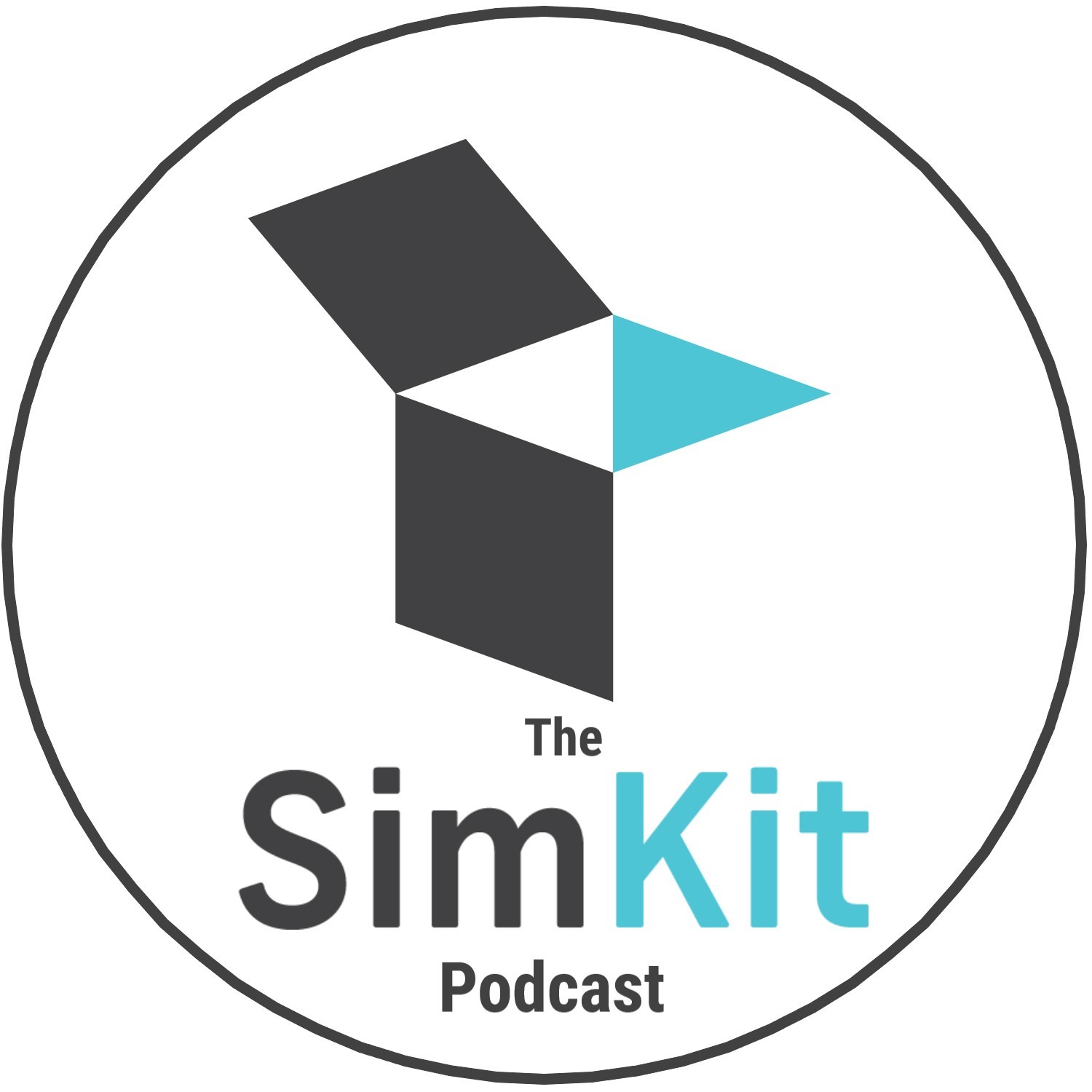Little Airways, Big Nightmares with Ilene Claudius
January 24, 2023

Little Airways, Big Nightmares with Ilene Claudius – The SimKit Podcast
We sat down with Ilene Claudius, a nationally and internationally known speaker and educators on Pediatric Emergency Medicine to talk about a pediatric airway management through a pediatric upper airway foreign body case. We talked about controlling the room, the parents, the patient, your team, and yourself. Through a case presentation, we walk through the room, equipment, and team prep for a pediatric airway case.
Room Control
When you are gaining control of the room for a child with airway extremis, take the following actions:
- Equipment – Can someone get me a pediatric Magill forceps, a 4.0 and smaller cuffed ETT, BVP, and an appropriate blade – 1 miller or VL.
- Parents – I tell them I want them there to calm child and give history, I am doing everything and I will update them when the baby is stable to do so.
- Nurse – Get blowby, monitors if possible (ok with just pulse ox in this scenario).
- Baby – Let the baby sit upright with parents and stay as calm as possible.
Note: For more on room and team preparation and control for a difficult patient, see our discussion with Scott Weingart HERE
With a history concerning for possible airway obstruction, what additional history should we get?
- Reason for allergic rxn-hx, recent allergen, itchy rash (and check quickly on exam)
- Choking
- Vaccinated
- History of same
Equipment and Medication Decisions
In pediatric airway management, once you confirm or have sufficient concern for oropharyngeal foreign body, you have some decisions to make regarding:
- Means – Who should be handling this?
- Meds – What medications will facilitate intervention?
- Mechanism of Delivery – How will you give these meds?
Ilene notes if you have access to ENT, you should use it. The right thing to do here is nothing. If the child is saturating well, do NOTHING and call ENT to allow for safe intervention.
So you either have help on the way or don’t and need to act. Either way, you need to be prepared to intervene. What do you need to get ready for this airway?
- Intubation equipment
a. ETT age/4 + 4 = ~4.3 – go down a half size for cuff ~4, may want to get one size down to accommodate for swelling
b. Blade – 1 miller (normally mac ok for intubation but I think I want the epiglottis out of my way for this) and VL blade for back up
c. NC for apneic oxygenation
- Intubation meds
a. Etomidate – 0.3 mg/kg to adult dose of 20mg. Ilene doesn’t like ketamine for pharyngeal stuff.
b. Succinylcholine (sux) – 1.5-2 mg/kg probably better due to the short duration of paralysis
c. Atropine – 0.02mg/kg. Might want to have some in your pocket in my pocket as you are giving sux and there may be a lot of airway manipulation which can lead to bradycardia, though will only give if the child starts to brady
- Foreign body removal stuff
a. Pediatric Magill
b. Pediatric ETT exchanger/bougie – fits a 4 (normal bougie fits a 6) – can push stuff into right mainstem if needed
- Fiberoptic
a. If you have for an 18 m/o and can use it – get that but why are you listening to this podcast?
- Back-up = surgical airway
a. Needle over a catheter attached to fluid filled syringe (in pinch 16 or 14 g IV)
b. 3 ml syringe with plunger out
c. 7.5 ETT adaptor
d. BVM
If The Patient Decompensates
When doing pediatric airway management, we have a few branch points in clinical trajectory to consider:
- If the patient has complete obstruction, we do the Heimlich maneuver:
a. <1 year – Chest compressions and back blows
b. >1 year – Standard Heimlich maneuver
- If the child starts to desaturate, we are obligated to try to get the foreign body out:
a. You can try to just take the object out if it is easily viewable
b. You can consider Nitrous if the patient tolerates it to facilitate view
c. If neither of these work you can go with your intubation meds and try to get it out
- If you don’t have IV access:
a. Can give medications IM, knowing you are moving toward taking the airway
b. Can have the nurse try to get an IV
c. Can give IM meds and then (or, if the patient is in true extremis) place an IO
Noted: Intranasal (IN) is an option, but administration this way is limited by the volume (no more than 1 mL), and can be irritating to the patient.
Our Case Resolution
The patient had a confirmed oropharyngeal foreign body and did not tolerate intranasal midazolam to facilitate FB removal. A colleague and anesthesia were brought to bedside and options were discussed. We considered IO as a last ditch, but anesthesia also mentioned intramuscular sux in addition to the intramuscular ketamine we were considering. The patient tolerated IM ketamine at 4 mg/kg, partially facilitated by a slight sleepiness from the IN midazolam. The patient became more sedate with the ketamine but continued to respire on her own. She tolerated a laryngoscope and Magill forceps which allowed us to remove a quarter-sized piece of plastic from the hypopharynx. She protected her airway throughout the procedure and never required intubation. She metabolized the ketamine and was discharged home without further issue.
With so much to know and do in Emergency Medicine, you shouldn’t have to worry about your procedural competency… but you need to. Are you really ready to place that Blakemore or do a cric? Let SimKit help you bring your skills up to snuff in a fun and engaging way with simulation that delivers right to your door. Practice at home, at work, in the office and on your time.




